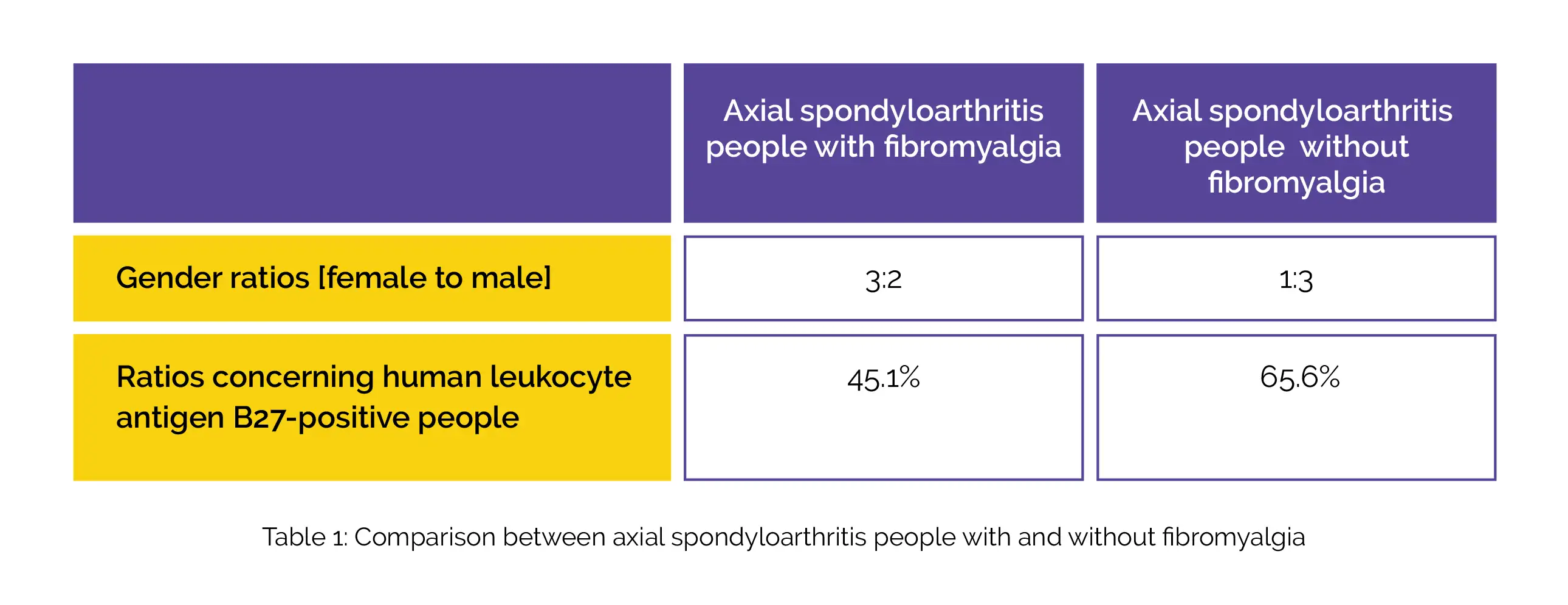Categories
Change Password!
Reset Password!


A meta-analysis was carried out to investigate the demographic characteristics, quality of life, disease activity, and functional status between axial spondyloarthritis people with fibromyalgia and axial spondyloarthritis people without fibromyalgia.
Axial spondyloarthritis people with fibromyalgia had substantially greater pain severity, higher disease activity, and deteriorated quality of life when compared to axial spondyloarthritis people without fibromyalgia.
A meta-analysis was carried out to investigate the demographic characteristics, quality of life, disease activity, and functional status between axial spondyloarthritis people with fibromyalgia and axial spondyloarthritis people without fibromyalgia.
Databases such as Embase, PubMed, Scopus and Cochrane were searched to find relevant studies investigating fibromyalgia in people having axial spondyloarthritis. Data extraction was conducted by 2 authors independently. Through consensus, all the discrepancies were resolved.
Overall, 7 comparative studies were recognized. Regarding age, levels of inflammatory markers, and prevalence of extra-articular manifestations like uveitis, psoriasis, and inflammatory bowel disease, no profound differences were noted between spondyloarthritis people with and without fibromyalgia. Table 1 shows the gender ratios (female to male) and ratios for human leukocyte antigen B27-positive people.

Axial spondyloarthritis people with fibromyalgia had considerably greater Ankylosing Spondylitis Quality of Life scores, Bath Ankylosing Spondylitis Functional Index, and Bath Ankylosing Spondylitis Disease Activity Index.
People suffering from axial spondyloarthritis and fibromyalgia experience higher pain, increased disease activity, and poor quality of life when compared to axial spondyloarthritis people without fibromyalgia. Additional well-designed studies are required for substantiating these outcomes.
Journal of Clinical Rheumatology
Fibromyalgia in Axial Spondyloarthritis: A Meta-analysis
Seung Min Son et al.
Comments (0)